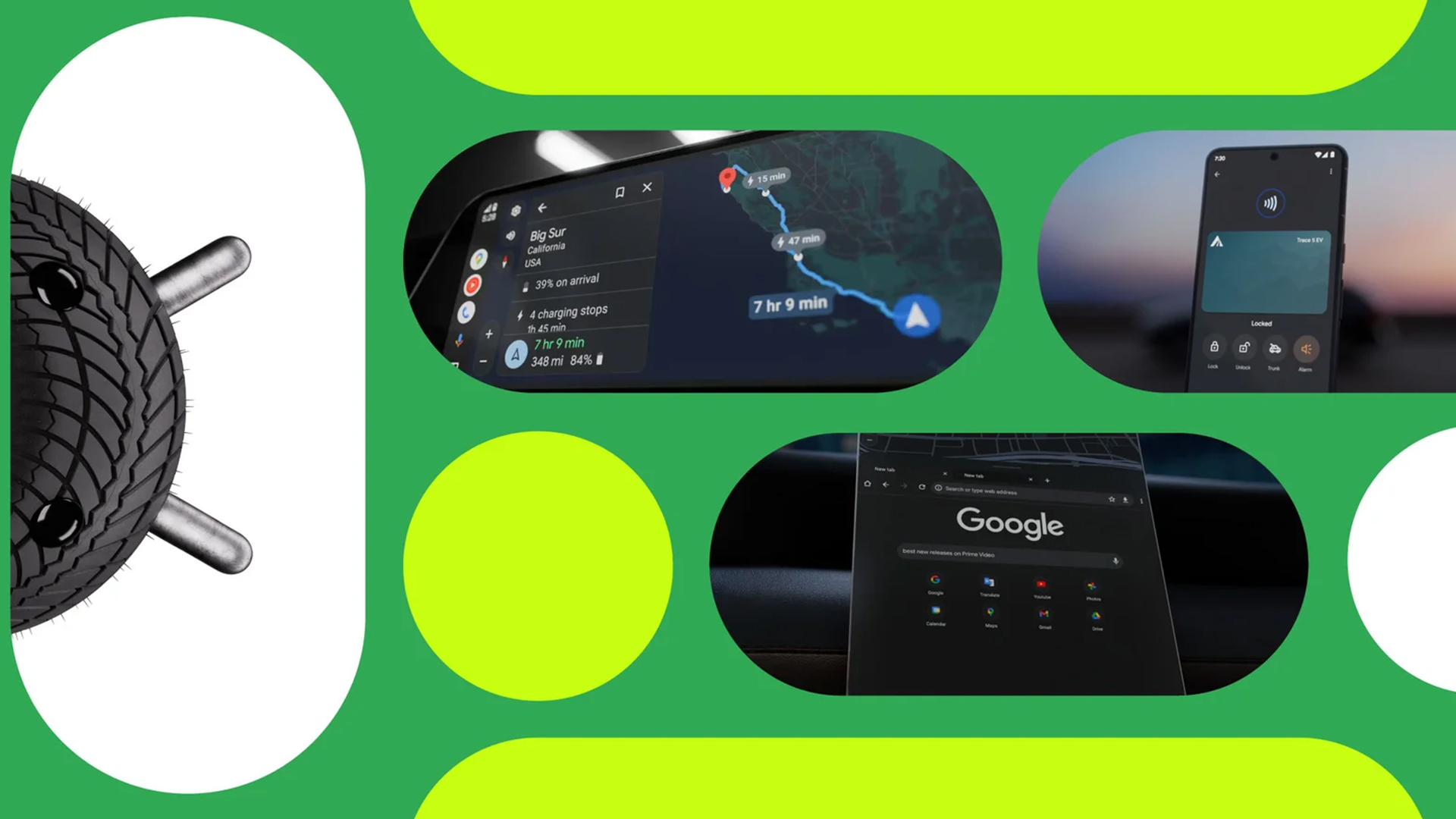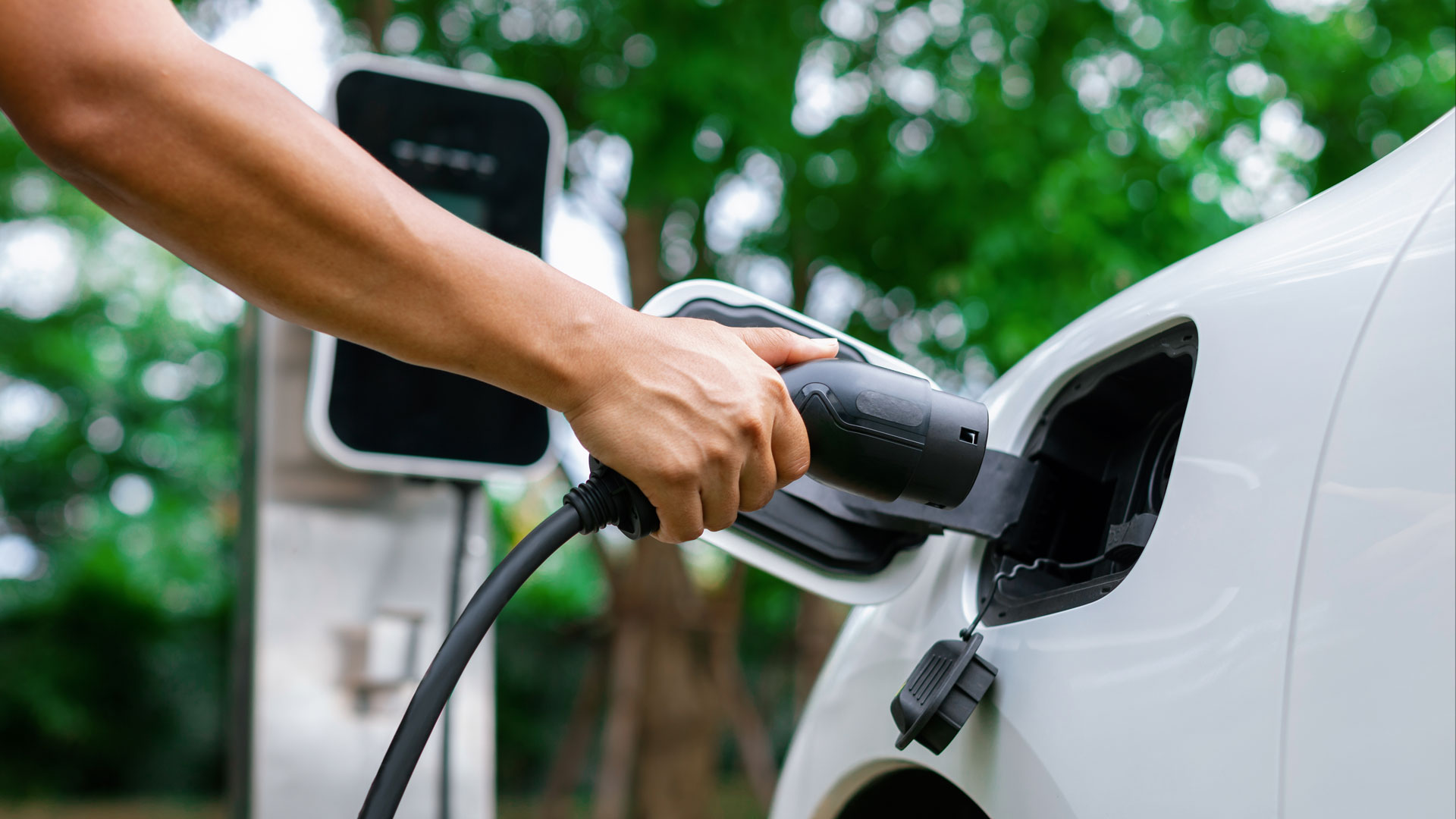Google Maps could soon help you find convenient EV charging stations
Navigate to those stations that offer Plug and Charge

A recent update to the Google Maps app for Android appears to have added the ability to filter EV charging stations to show those that are compatible with the Plug and Charge service.
In certain electric models, Plug and Charge allows users to simply pull up, plug in to the outlet and allow the vehicle's infotainment system deal with payments, so there’s no need to tap an RFID card, open an additional app or swipe a bank card.
In some cases, the car doesn't even require a data connection, with the certification digitally stored within the vehicle's computer system.
Currently, only certain electric vehicles are compatible with Plug and Charge, with manufacturers such as Mercedes-Benz, Audi, Genesis, Porsche and the Volkswagen Group offering the capability on a number of models.
According tomsguide, the information was discovered in the code for Version 111.15.103 of the Google Maps app for Android, which is the operating system many modern EV makers have turned to for infotainment duties.
As of today, the Google Maps EV filter isn’t particularly thorough, especially when used on iOS devices. Options include the ability to add various connector types and filter for fast charge, which includes any outlet above 50kW - not exactly speedy in these days of ultra-rapid 350kW outlets.
But Google introducing this additional feature is another step towards simplifying the EV ownership experience. Something that still requires drastic action.
Get daily insight, inspiration and deals in your inbox
Sign up for breaking news, reviews, opinion, top tech deals, and more.
Navigating the EV charging labyrinth

Seeing as many modern automakers are relying on Android Automotive to power modern infotainment systems, it’s only natural that Google Maps will be the navigational software of choice going forward.
But although Google has been at the forefront of including everything from local businesses, to restaurants and highly recommended coffee shops in its mapping, it has been a little slow on the EV services.
Apps like Zapmap and PlugShare have been adopted by many early EV owners, as they provide live information on the status of charging outlets, as well as customer reviews on the quality of recent experiences.
What’s more, the ability to filter by outlet speed, payment types and network providers mean users can navigate to the exact charger they need.
Despite efforts to try and consolidate the EV charging experience, it still feels like a very disparate process.
Some outlets work with certain RFID-based membership cards, while others don’t. Some allow for contactless pay, while others don’t. Some even require the download of a bespoke app, which is just a pain.
It might seem glaringly obvious, but the EV ownership experience needs to be as simple as filling up with fossil fuels, which to this day is still faster and more convenient in every way.
you might also like

Leon has been navigating a world where automotive and tech collide for almost 20 years, reporting on everything from in-car entertainment to robotised manufacturing plants. Currently, EVs are the focus of his attentions, but give it a few years and it will be electric vertical take-off and landing craft. Outside of work hours, he can be found tinkering with distinctly analogue motorcycles, because electric motors are no replacement for an old Honda inline four.